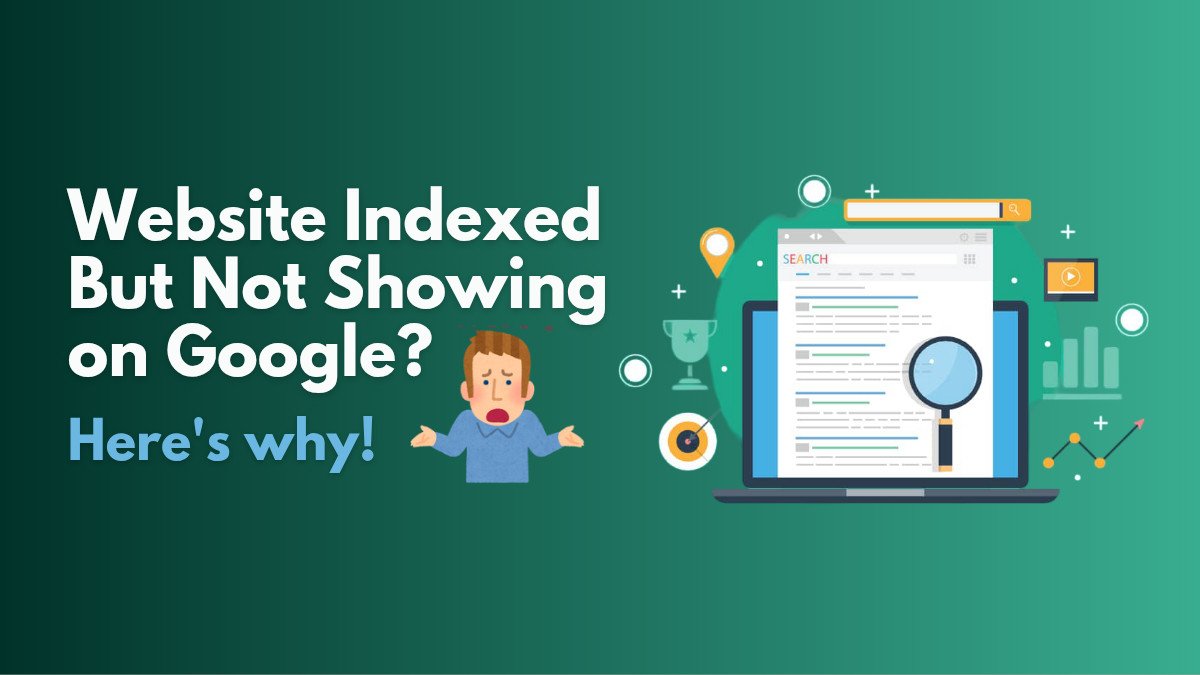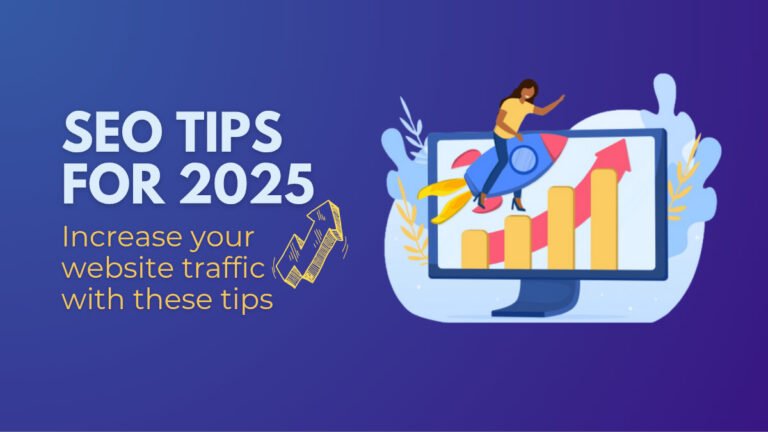If your website or blog post is indexed but not appearing in Google search results, you might be wondering why. This is a common issue many website owners face. Google may have indexed your page, but if it doesn’t appear for important keywords, it means there’s something missing.
In this guide, I’ll cover the main reasons why this happens and how you can fix it to improve your rankings.
Key Factors That Affect Website Visibility in Google
Google highlights four important factors that determine whether an indexed website appears in search results:
- Discovery – Google must first discover your website. If you’ve submitted your sitemap through Google Search Console and your pages are indexed, they should appear in search.
- Indexing – Even if your page is indexed, it doesn’t guarantee it will rank. Factors like content quality, structure, and relevance play a role.
- Ranking – Just because your site is indexed doesn’t mean it will rank for every keyword. Search algorithms prioritize the most relevant and high-quality pages.
- Click-Through Rate (CTR) – If your site appears in search but users aren’t clicking on it, Google may demote it. A low CTR signals that other pages are more relevant or engaging.
Why Your Ranked Page Disappears Over Time
Sometimes, your website might rank well at first but then suddenly disappear from search results. Here are the main reasons why:
1. Low Click-Through Rate (CTR)
Google tracks how many people click on your website when it appears in search results. If people keep ignoring your link and clicking on other websites, Google may think your page isn’t useful and push it down in rankings.
How to fix it?
- Write an eye-catching and clear title.
- Make your meta description interesting so users want to click.
- Use structured data (rich snippets) to stand out in search results.
- Improve your page design and make content easy to read.
2. Poor Title & Meta Description
Your title and description are the first things users see. If they are boring or unclear, people won’t click on your site.
How to fix it?
- Use relevant keywords in your title naturally.
- Keep the meta description short (150-160 characters) but engaging.
- Highlight key benefits, solutions, or important information.
- A/B test different titles and descriptions to see what works best.
3. Low-Quality Content
Google prefers high-quality content that is useful to users. If your content is poorly written, outdated, or stuffed with too many keywords, Google may lower its ranking.
How to fix it?
- Write original and helpful content.
- Avoid stuffing keywords—use them naturally.
- Regularly update old blog posts.
- Use headings, bullet points, and images to improve readability.
4. Google Core Updates
Google frequently updates its search algorithm. Sometimes, your website may drop in rankings after an update because Google has changed how it ranks content.
How to fix it?
- Stay updated on Google algorithm changes.
- Check what kind of content is ranking higher after an update.
- Improve the credibility of your website by adding expert opinions, sources, or case studies.
- Ensure your website is fast, mobile-friendly, and easy to use.
How to Improve Your Search Rankings
If your website is struggling to rank or has lost visibility, here’s what you can do:
1. Optimize Your Title & Meta Description
Your title and description play a big role in getting clicks.
Tips:
- Use numbers or power words in the title (e.g., “10 Simple Ways to Improve SEO in 2025”).
- Make sure the title and description clearly describe what your page is about.
- Keep them within Google’s recommended character limits.
2. Monitor Your CTR (Click-Through Rate)
Low clicks mean your page is not engaging enough.
How to improve it?
- Use Google Search Console to check your CTR.
- Try different headlines and descriptions.
- Compare your title with higher-ranking pages and learn from them.
3. Improve Content Quality
Google rewards websites that provide real value to users.
Best practices:
- Write in a simple and clear way.
- Answer user questions in detail.
- Use images, videos, and infographics to make content more engaging.
- Make sure your content flows well and is easy to read.
4. Track Google Updates
Google updates can change rankings overnight.
How to stay updated?
- Follow Google’s official blog and SEO news websites.
- Check Google Search Console for ranking changes.
- If your ranking drops, compare your content with competitors who are ranking higher.
Final Thoughts
If your website is indexed but not appearing in search results, don’t panic. There are many reasons why this happens, but the good news is that you can fix it.
Focus on improving your title, meta description, and content quality. Keep track of Google updates, and always make sure your content is useful and engaging for users.
By following these steps, you can increase your chances of ranking higher and getting more traffic to your website.




